What To Plant In February
Today, it’s all about what to plant in February. It’s the perfect time to get a jump start on your gardening even though many areas are experiencing cold weather. In some areas, you can begin planting outdoors in February depending on the plant and the hardiness zone they are used to.
For so many years we could plant according to our “Planting Zones”, but then the weather has changed so drastically over the last several years. We can’t always plant when we used to because of the temperatures now compared to previous years. Sometimes it’s good and sometimes it’s not so good. We may be lucky and can grow our gardens longer or we may have to start planting later than in previous years.
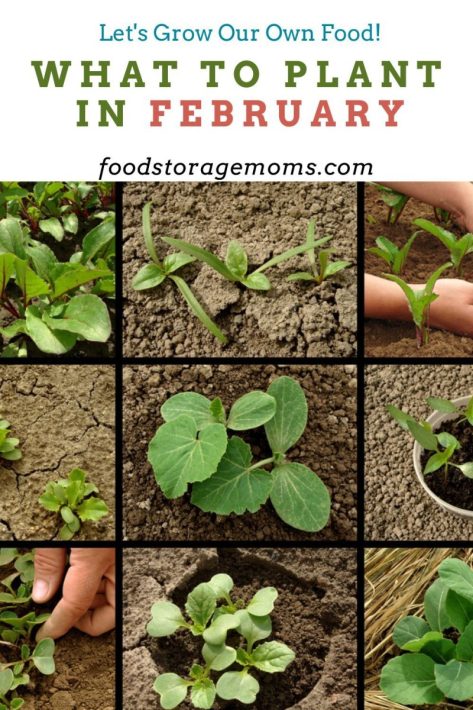
Planting times are so different now due to the extreme weather conditions we have had in the last few years. We may have to plant later than we have ever planted outdoors before. As always we must keep an eye on the projected temperatures. You may need garden cloches now more than ever before. You can use empty one-gallon milk jugs with the bottoms cut out or purchase Garden Cloches.
Here’s the deal, we must try growing our own food, even if it’s in pots or bags. It’s critical we learn to garden. Yes, we’ll have issues with the soil, watering, insects, etc., but we learn from our experiences and move forward. Please share any tips you have on gardening for this time of year, we learn from each other.
However, in other areas, you’ll want to start with your plants indoors and them outside as the weather warms. Some plants prove to be better transplanted than others, and that’s part of the learning process. Below, you will learn what you can plant by zone in February. This is where I buy my garden seeds: SeedsNow
How I store my garden seeds:
Plastic Photo Container and Label Maker
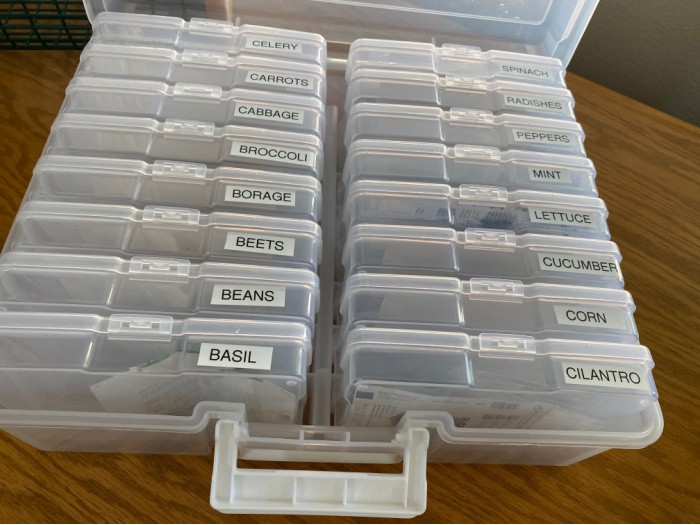
I highly recommend this tray system for seedlings: CowPots and Organic Seedling Soil, this way you sow your seeds from the seed packets and then place the CowPots in your garden when the climate and temperatures are right. I’d love to have a greenhouse, but the space and funds needed are a challenge. If that is your way to deal with late winter storms and colder temps, more power to you!
I look for a sunny spot in my home to start the growing process and have found a sunny windowsill works great.
What to Plant in February by Zone
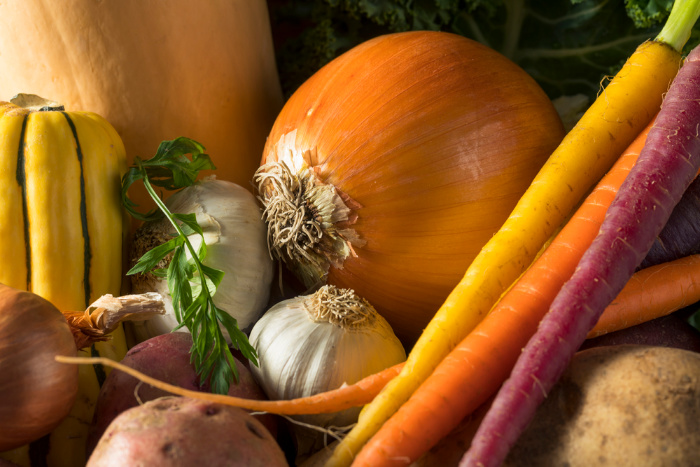
Not sure what zone you live in? Check here to find your zone. Knowing what zone you live in is key to planting things that will thrive in your area. Below, I’ll give you a list of fruits, vegetables, and herbs that you can plant in each zone starting in February.
In zones 1-4, you will only be able to plant indoor plants. It is much too cold to start planting anything outside yet. One thing that you can plant indoors in any zone is herbs. Herbs are great plants that you can plant and harvest indoors in any zone. That might include parsley, swiss chard, rhubarb, garlic, and others you like when preparing meals.
Zones 1-4 (Indoors)
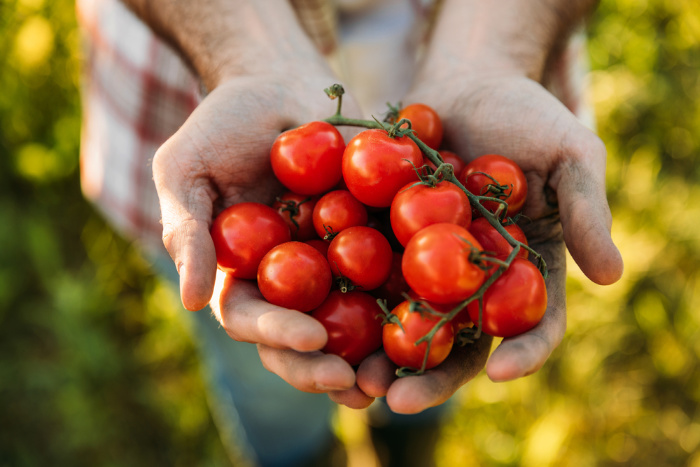
Additionally, you can plant the following indoors during February:
- Onions (zones 3-4): In these “zones” you can plant short-day onions.
- Tomatoes
- Peppers
- Lettuce
- Cauliflower
- Brussel Sprouts
- Chard
- Eggplant
- Cucumber seeds: Plant in the last week of February.
- Watermelon
- Cantaloupe
- Honeydew
- Pumpkins: These require a long growing season and can be started in February
- Strawberries
Zones 5-6 (Indoors)
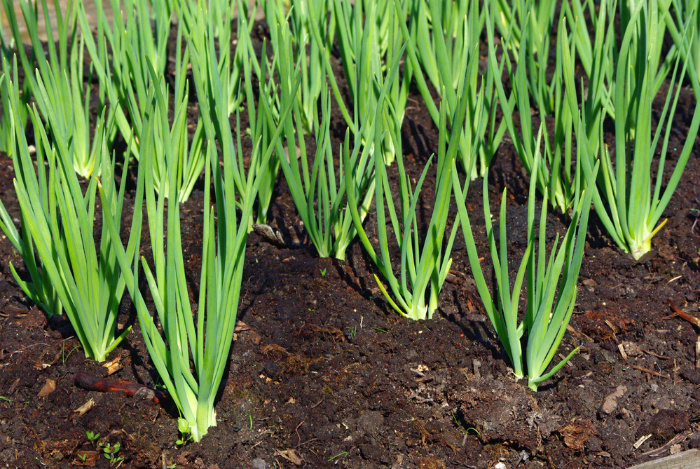
Zones 5 & 6 are still colder than zones 7-10. In addition to planting herbs inside, you can plant some of the following inside your home:
- Onions: In zones 3-6, you can plant short-day onions
- Tomatoes
- Peppers
- Lettuce
- Cauliflower
- Brussel Sprouts
- Chard
- Eggplant
- Cucumber seeds
- Watermelon
- Cantaloupe
- Honeydew
- Pumpkins: These require a long growing season and can be started in February.
In the spring, you can move your indoor plants outdoors. For zones 1-3, this is usually around April. For zones 4-6, this is around March.
Zones 7-10
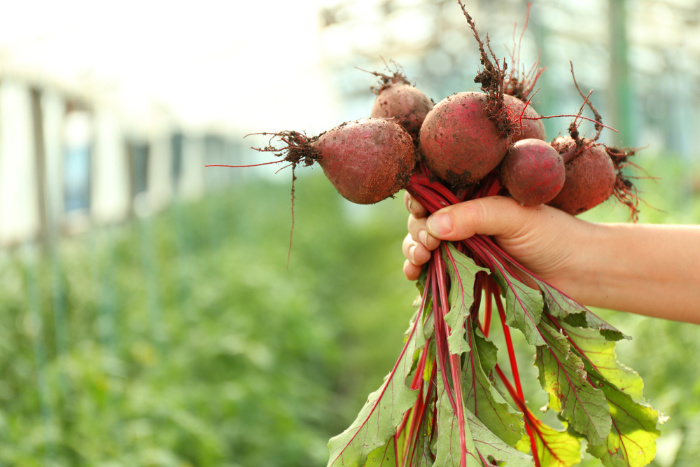
You can plant various things outside in zones 7-10 during February. The weather is warmer in these zones than in 1-6. It is still a little cooler in zone 7-10, but still warmer than many parts of the U.S. So, you will want to plant cool-weather vegetables outdoors. These crops include:
- Beets
- Broccoli: Go ahead and start planting broccoli outdoors.
- Cabbage
- Carrots
- Collards
- Herbs: Herbs are typically indoor plants that can be planted throughout the winter months in any zone. Plant herbs such as Italian basil, Greek oregano, French Thyme, and Sage.
- Kale
- Lettuce: Lettuce is great in these zones during February. When the sun gets too hot the lettuce bolts. Plant Buttercrunch, Mesclun Mix, or Black seeded Simpson.
- Onions: Plant long-day onions in these zones.
- Peas
- Peppers: Fresh crisp peppers take up little space and can produce high yields when planted closely. Start seeds indoors 8-10 weeks before your last frost date.
- Potatoes
- Radishes
- Spinach
- Tomatoes: Start your seeds for tomatoes indoors 6-8 weeks before your last frost date.
- Turnips
Tips to Get Your Garden Ready for Spring
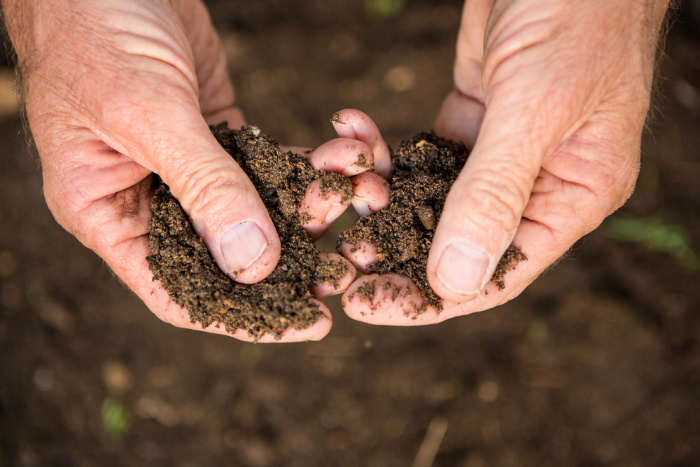
If you live in an area where you can’t plant outdoors quite yet, there are still things you can do to get your garden ready for spring. Here are some tips for getting it ready:
#1 Pull weeds
As long as there isn’t snow on the ground, you can start pulling out weeds. Sometimes weeds sprout up in the cool weather, or you may see some leftover weeds from last year. Eliminating them now while the ground is still soft makes this task much easier. If the ground is still frozen you may have to wait a while to accomplish this step.
#2 Prune Shrubs
In February, you can go out and prune shrubs and other plants. Cut back leaves that have died. Cut off branches that are longer than they should be. If you have no use for the plant, dig it up.
#3 Fertilize Your Garden
Once the ground has thawed, you can apply a granular fertilizer around trees, shrubs, and perennials. You can also fertilize your garden to prepare it for planting. Do a soil test if you are unsure what your dirt needs. Be careful when spreading the fertilizer around growing foliage since the granules can burn certain plant leaves.
#4 Rake-Up Leaves
If you didn’t get all the leaves up before winter hit, now is the time to get those raked up. Rake leaves that have blown under trees, around trees and shrubs, and in your garden. This is a great time to get the rest of your yard cleaned up.
#5 Prevent Weed Problems
Did you have a crabgrass or weed problem last year? If you did, now is the time to start preventing these problems before the growing season. You can apply crabgrass control, lawn food, and a granular weed preventer. This will help you when you decide to start planting.
#6 Edge Your Beds
Winter is the perfect time to cut sharp edges along your garden beds. This makes your landscape look better, and creates a lip for you to contain mulch that can be applied when the soil warms up.
#7 Choose Plants and Seeds
Choose your bulbs, plants, and seeds in February. Begin planting seeds inside if you can’t plant them outside. Choose plants and seeds that will need to be planted indoors 6-8 weeks before spring so they will be ready when it warms up. This is where I buy my seeds: SeedsNow
You can start planting the bulbs for your lilies in the fall or early spring. During February, consider planting the bulbs inside and then moving them to the outdoors once they’ve sprouted and the weather is conducive.
Pansies are another great plant to start indoors and then move outside. Plan to plant the seeds indoors 8-10 weeks before the last spring frost is expected. You’ll love it when you see them bloom in your garden and enjoy them all summer long.
How to Start Seeds Indoors
If you live in an area that is still too cold to plant outdoors, you can start your seeds indoors. And, some plants, such as tomatoes, eggplants, and peppers, actually do better being started indoors. If you’re new to gardening, follow the steps below to start your seeds indoors:
Plant Your Seeds with Seed-Starting Mix
Buy some seed-starting mix to start your indoor garden. This isn’t actually soil, but it provides almost perfect conditions for sprouting seeds.
Use Pots with Good Drainage
You can use any pots as long as they have drainage holes in the container to drain the excess water. Proper drainage ensures the seeds don’t get too much water and possibly begin to rot.
Plant Seeds
You want to plant your seeds deep enough, but not too deep. To ensure you are planting them just right, plant them 2-3 times deeper than the seed is wide.
Once you have planted your seeds, follow these tips for proper growing:
- Place the pot in a warm location
- Keep soil moist
- Place in a sunny location
- Fertilize the plants weekly
- Keep only 1 seedling per pot
How To Hand Pollinate
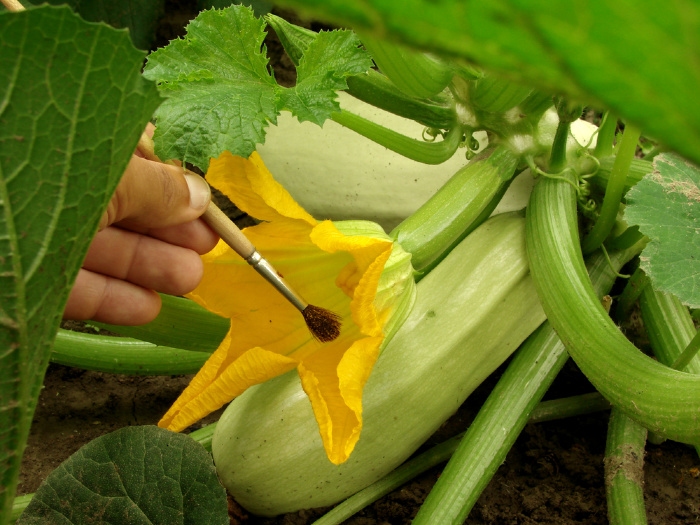
All you need is a paintbrush or cotton swab (see above). If you need to hand pollinate because you’re not seeing any fruit develop, here is something you may want to try. You do this by removing the male blossom (male blossoms don’t have fruit behind them). They produce pollen leaving the center covered in the pollen to collect with the brush or swab. Use a brush or swab to apply the pollen you collected to the center of the female flower. This works for squash, melons, and cucumbers every time.
Please Check Out What To Plant Each Month:
- What To Plant In January
- What To Plant In February
- What To Plant In March
- What To Plant In April
- What To Plant In May
- What To Plant In June
- What To Plant In July
- What To Plant In August
- What To Plant In September
- What To Plant In October
Final Word
Whether or not you can begin planting outside where you live, you can begin preparing your garden for the spring. Keeping a garden and continuing to maintain it is key to being prepared.
You have an upper hand when you have a garden because you don’t have to rely on store-bought food all the time, but particularly when you have an emergency situation and stores are depleted or closed. Please try gardening this year, we can do this. May God bless this world, Linda
Copyright Images:
Tomatoes: Depositphotos_162343634_s-2019, Onions: Depositphotos_8247368_s-2019, Vegetables: Depositphotos_179593250_s-2019, Lettuce: Depositphotos_4125122_s-2019, Garden Soil: Depositphotos_114907692_s-2019, Gardening AdobeStock_50542378 By Roberto Zocchi

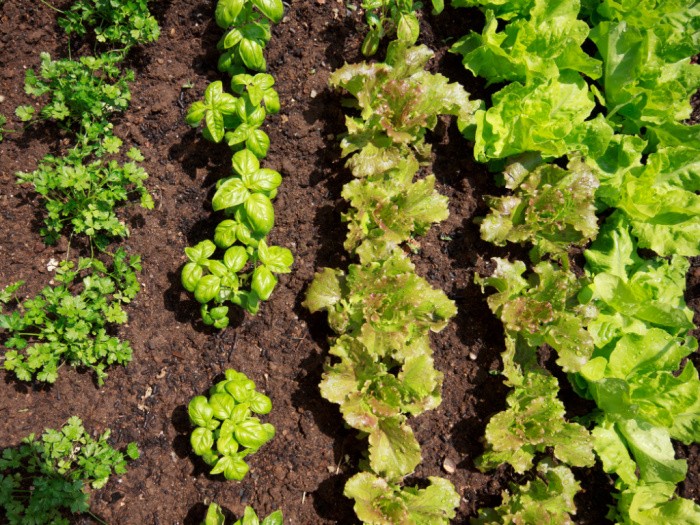

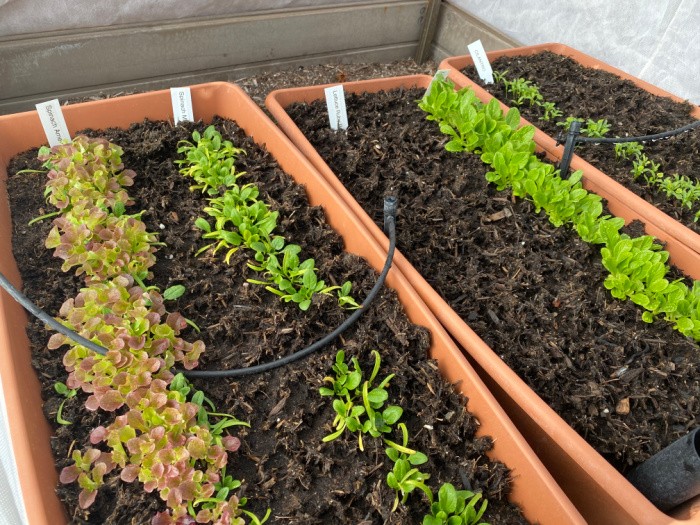
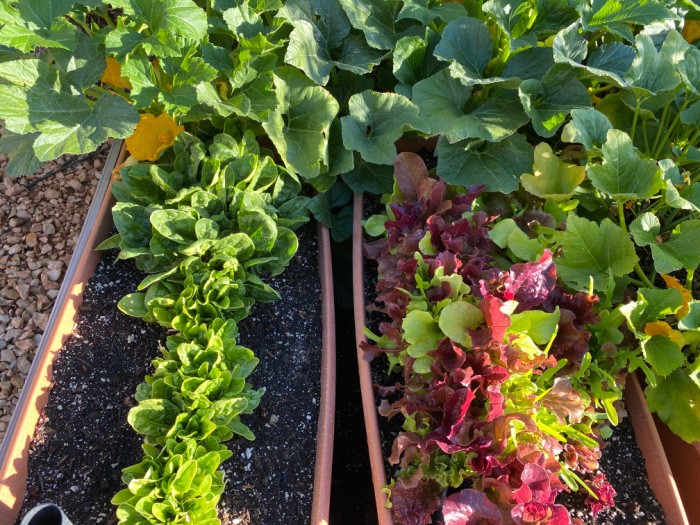
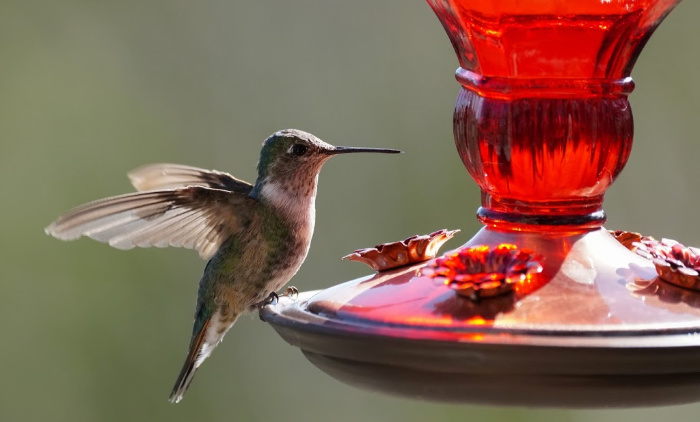
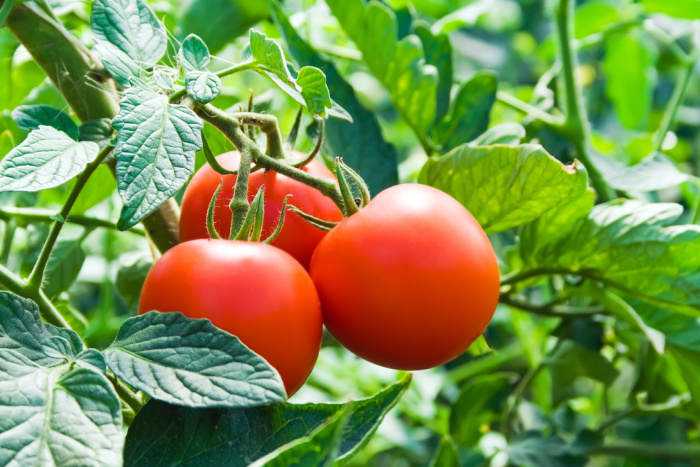
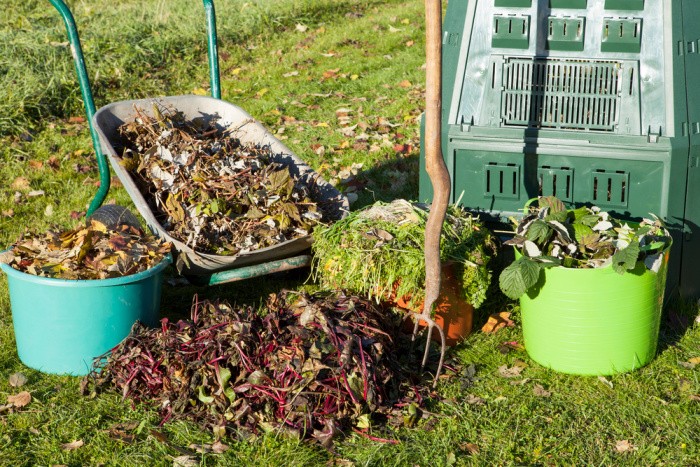
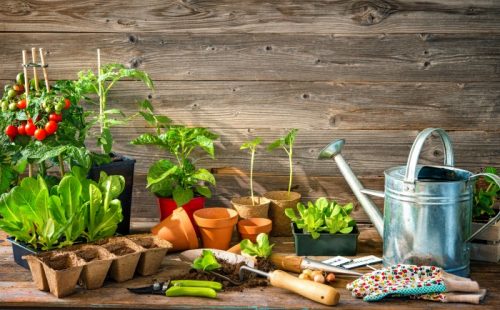













Great article!! Thanks for reminding me what I need to be doing right now.
Hi Marisol, awesome! Let’s grow our own food! Linda
If you have to start your seeds indoors, as I do in Zone 4 (Minnesota), I read that it’s best to start pumpkins and melons in CowPots, because they hate to have their roots disturbed or be transplanted.
Hi Susan, I really like CowPots! Linda
Here is something I thought of right out of the blue. In the event of a nuclear holocaust how will anyone be able to grow anything except self-pollinating plants? Bees and birds will be extinct or close to it.
Hi Robert, where I live in Utah bees are almost never around here anymore. I started writing and showing pictures of how to pollinate the vegetables ourselves. You can use a sable paintbrush or a Q-tip. Let me snag the post for you. I’m also in the process of learning to really grow food inside my home. I have seen blogs written but no pictures of how it REALLY works. I am a visual person so I will be showing you over the next few months what we can grow inside our homes next to windows of course with sunshine. Stay tuned, Linda https://www.foodstoragemoms.com/plant-in-july/
We moved to the country a couple years ago and have a lot more room now. I always had a garden in town. This year we are going to have 3 beds. One main veggie bed, one watermelon patch and one pumpkin patch. I have two kids and I feel like this is one of the more important things I can teach them. They also have learned how to preserve the food we grow.
Hi Erin, this is so awesome, what a great example you are to those little ones. PLUS teaching to preserve your harvest is so awesome! Linda
When you refer to planting outdoors, are these seeds or starter plants from a nursery/garden center? Seeing as we just had an icy weekend, I’m just not sure…
Hi Kat, either one. I start with seeds. Then I transplant the starters when the weather is ready. Weather is tricky sometimes and I have to be ready to work around the freezes. I also bought some domes to protect them outside. Linda
I love that my kids are engaged in gardening. You give great tips here to help our garden be successful. Thanks for the great resource
Hi Hannah, thank you for your kind words. I love hearing your kid’s garden with you!! It’s such a great skill. Linda
I hand pollinate my squash all the time and when I do my wife has caught me making buzzing sounds. Ok, stop the laughing……I can hear you all the way from here. I found that buzzing sound helps the plants…..or might be off my rocker. LOL
Hi FLAPrepper1, oh my gosh, you must know by now I love to laugh! I love this comment! I may try that this summer, along with my paint brush!! Linda
Thanks for sharing this blog post!
Hi Arthur, thank you so much, my friend, Linda
Linda,
Your “What to plant in” articles rank among my favorites. I started planting tomatoes and peppers under my grow lights January 15th. By the time I can plant them outside they’ll be tall and healthy. I gave up planting veggies on my window sills because mine mostly face SE and NW and seedlings tended to get leggy–that’s why I built my grow light rack.
This year I’m growing Yellow Pear, Mexican Midget Cherry. and Gardener’s Delight tomatoes in addition to the Mortgage lifters and Roma’s I normally grow. I’m sticking with California or Yolo Wonder Bell peppers, as well as Sweet Banana and Marconi peppers.
My broccoli I planted last fall is forming heads. Lettuce, Bok Choi, Chard and Carrots have produced all through the winter (covered as needed) and are all doing famously. Today I’m planting shell peas and snow peas outside. I still have some maintenance to do in my asparagus bed where I’m installing a soaker hose manifold watering system to replace the old drip system. A soaker hose manifold gives more even watering.
Oh, and I’m also picking more salad today. In December I picked the last of my cherry tomatoes, as the cold finally killed off the plants even though they were covered–so I had to buy tomatoes for the frist time since last April. I also had to buy celery and cucumber.
I’ve always had difficulty growing celery because the seeds are planted so shallowly they dry out before most of them can germinate. This year I’m trying a method that has worked well for me for planting carrot and lettuce seeds.
4 cups water, 1/2 cup cornstarch. Mix and boil until it starts to thicken. Let cool until just warm, add the seeds and mix well again. Dump it all into a ziplock bag and let it sit for 3 or four days. Take it out to your garden to a prepared area (generally a very shallow trench). Cut a very tiny corner off the bag and squeeze a line of mixture with seeds along the trench. For carrots, cover the trench and pat it down gently. For Celery I’ll just sift some soil over it, barely covering it at all. Then I’ll use a spray bottle set on “mist” to keep the soil moist. We’ll see how this goes, but I’m hopeful, as it works great with carrots, lettuce and other tiny seeds.
Hi Ray, oh you know I LOVE hearing what you are harvesting and what you are planting! It gives me so much joy! I remember you telling me to put down some. wire or something at the bottom of the raised gardens I hope to start in the fall. We are supposed to hear, (we’ve heard this before) that on January 7th, we may hear yay or nay on our house plans. It’s now 16 months. I’ll keep you posted, Linda
Linda,
I love Arthur’s idea of sharing your posts. Don’t know why I didn’t think of it before. I do have a link to Food Storage Mom’s on my webpage.
Oh, the new, expanded and revised 3rd edition of Bugging In: What To Do When TSHTF and You Live in Suburbia will be released later this month. I’m trying to get Amazon to agree that anyone who buys the paperback version will get the eBook version for free so they can use the links I provide. I’ll shoot you a link to it when it’s up and live.
And I just started a new book I’m titling Survival Gardening that I hope to release later this year.
Hi Ray, oh my gosh, I can’t wait to get my hand on the new book!!! Oh my gosh, the Survival Gardening will be awesome!!!!!! Linda
Can’t wait for the indoor garden info. That will be very helpful!! Thank you! Yes, Cow Pots are excellent!!
My grandmother had a greenhouse attached to the back of her home, allowing her to come straight up from the basement into the greenhouse. I never realized how much a blessing that was. The only thing being planted here is snowballs.
Hi Chris, oh I would love that greenhouse!!!! Weather is so different now we all need a greenhouse! Linda
Hi, Linda: I am sorry to say that indicating Zone 6 can put plants out in the garden in March will not work where we live! Well, perhaps broccoli or some Cole crop under a cloche? Zone 6 has a last frost date of May 10th, so I often start my seedlings indoors around the beginning of March. Used to do them earlier, but the tomatoes were always too leggy for my liking. I am going to experiment with the Burpee’s new “sow the tomato and pepper seeds directly in the soil” around May 3-5th. They say to plant them about a week ahead of your last frost date…
What I really WANT to do this year is emphasize working more on my baby fruit trees to see if I can finally get the first batches of fruit! Will also put in a small-medium raised bed on the south side of the house so we can grow greens there for winters…
Fondest greetings,
Joyce S.
Hi Jess, the weather has changed so much all over the US that zones keep changing dates. I can’t keep up with them and full-time gardeners are struggling as well. We all need a greenhouse! Those baby fruit trees sound awesome!
Yup, the baby fruit trees are all around 4 years old, so should have their very first crop this year and then start having reasonably full crops the following years. HOWEVER, I have neglected them in favor of other crops, so it’s time to shift gears and give those babies everything that will help them mature in a good fashion. Got lots of info. and books on that**, but never enough energy, time and money to do all that’s recommended!! I guess that’s what happens when you finally hit over 72!
** I have a book recommended to me by a very wonderful gardener/fruit producer, so will investigate that shortly, after I finish freeze drying foods for storage and putting away the rest of the new-to-me products that need storing. The book is: Backyard Fruit Production by Schlabach. Looks really good. Now I just need to carve out enough time to study and memorize enough of it!!
Hi Jess, those fruit trees sound wonderful. I will check out that book, I have so many gardening books and things keep changing. I love gardening but not sure its in the cards this year. They are still working on finishing the house and yard. Linda
Linda, As always I look forward to your what to plant issues.
Today (1/27/2025) I transplanted Chinese Pink Celery and Bloomsdale Spinach into one of my raised beds. My snow peas are flowering, but most of my Bok Choi has bolted, so I need to plant more. Same for Jericho Lettuce. Matador spinach is about done–picked to death by me. Chard is holding up well as is Red Ace head lettuce. Carrots are nice and sweet now that we’ve had some cold.
The 23 F cold finally killed off my tomatoes last night but I got a couple of dozen harvested before they froze.
Next week I’ll start this year’s tomatoes and maybe some squash, cukes and melons, but they’ll be inside in my mini-greenhouse.
It’s raining–blessed rainfall–a gentle soaker that will hopefully keep up at least overnight. According to my garden journal our last rainfall was on September 30, 2024–so, three days shy of four months ago. Man, we need this rain.
Hi Ray, oh you know I love hearing about your garden. I need to get Chinese Pink Celery, sounds wonderful!! I’m glad you got =most of the tomatoes harvested. 23F is super cold, yiked!! Thank goodness you finally got some rain!!! Linda